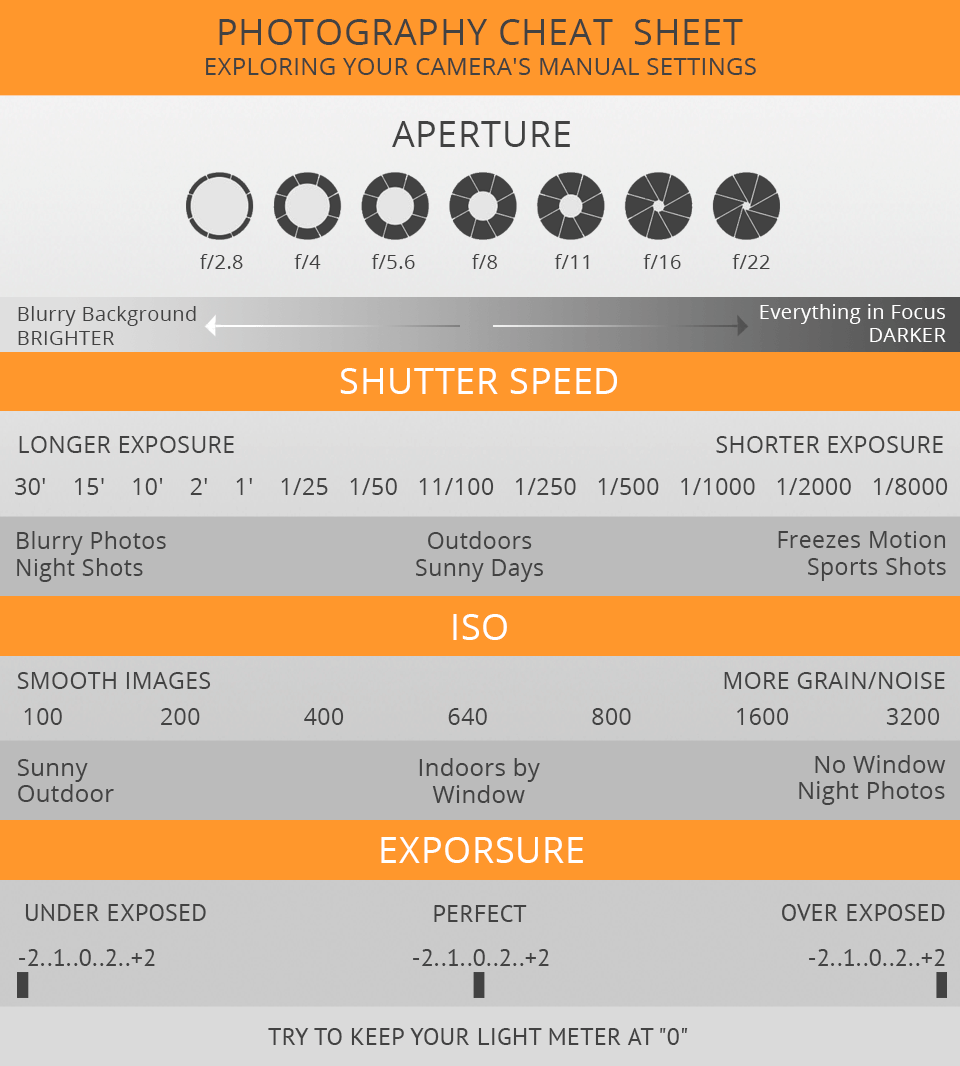The Significance Of Illumination In Digital Photography And How To Master It
The Significance Of Illumination In Digital Photography And How To Master It
Blog Article
Material Create By-Harvey Armstrong
When you pick up your video camera, you could not understand how pivotal lighting is in shaping your pictures. It can change a regular scene into something remarkable, impacting not simply the quality however also the state of mind of your photographs. Comprehending the complexities of light-- its direction, high quality, and shade-- can raise your job to brand-new heights. However just how do you understand these aspects efficiently? Discovering numerous lights methods and trying out various arrangements could be the trick to unlocking your complete potential as a digital photographer. Let's explore what makes light not just necessary, however crucial.
The Duty of Light in Photography
Light's influence on digital photography can not be overemphasized; it shapes the state of mind, highlights information, and produces depth in your images. When you grab your electronic camera, think of just how light communicates with your subject. The instructions and high quality of light can either enhance or diminish the components you want to capture.
For example, soft, diffused light can create a wonderful environment, while rough, direct light can generate raw contrasts and sharp darkness.
As you experiment, notice how different times of day impact your shots. Early morning and late afternoon usually supply one of the most flattering light, referred to as the "golden hour." This cozy light can produce sensational effects that draw customers in.
Conversely, capturing at midday can result in unflattering shadows, so maintain that in mind.
In addition, consider the shade of light. All-natural light varies throughout the day, and fabricated light sources can introduce various tones to your scenes.
Adjusting learn this here now can help you achieve the preferred effect. Ultimately, recognizing the role of light will certainly change your photography, enabling you to tell tales and stimulate feelings with every photo you capture.
Types of Illumination Techniques
Frequently, professional photographers count on numerous lights strategies to accomplish their desired effects and enhance their photos. Comprehending these methods enables you to manipulate light creatively, making a considerable distinction in your photography.
One popular technique is all-natural illumination, where you use sunshine to illuminate your topic. This technique can create soft, lovely shadows and highlights, particularly during the golden hour-- quickly after sunrise or prior to sunset.
Another method is making use of artificial lighting, which includes workshop lights, speedlights, or LED panels. You can regulate the intensity and direction of the light, allowing for a lot more accurate results.
Backlighting is an additional efficient approach; putting the light source behind your subject can develop a striking shape or emphasize sides, adding deepness to your photos.
You might also check out high-key and subtle lighting styles. High-key lights generates brilliant, evenly lit photos with very little darkness, while low-key lighting highlights contrast and dramatization with deep darkness.
Each method has its strengths, and trying out them will help you discover your special style.
Tips for Mastering Lighting
Grasping lighting can truly transform your photography, so it's essential to obtain an understanding on some useful pointers.
First, always focus on the direction of light. Light coming from the side can develop deepness, while front illumination often tends to squash your subject. Experiment with backlighting for remarkable shapes or to highlight appearances.
Next off, consider the quality of light. Soft, diffused light is frequently much more complementary, especially for pictures. You can accomplish this by capturing during golden hour or utilizing reflectors and diffusers to soften extreme sunlight.
Don't undervalue the power of shadows! They can add intrigue and dimension to your photos. Attempt placing your topic in such a way that enables darkness to boost the make-up.
Additionally, readjust your camera setups accordingly. Use a bigger aperture for more light in low problems, yet be mindful of deepness of area.
Finally, practice makes perfect. Take your camera out in numerous lights conditions and experiment. The even more you play with light, the better you'll comprehend just how to utilize it to your benefit.
Master these pointers, and you'll raise your photography to brand-new elevations!
Conclusion
Mastering lighting is essential for boosting your digital photography. By recognizing just how light affects your photos, you can produce sensational compositions that communicate mood and deepness. Trying out Executive headshots near me and problems, and don't avoid making use of tools like reflectors and diffusers to improve your shots. With technique and a willingness to find out, you'll locate that controling light ends up being force of habit, allowing your creativity to radiate through in every photograph you take.
